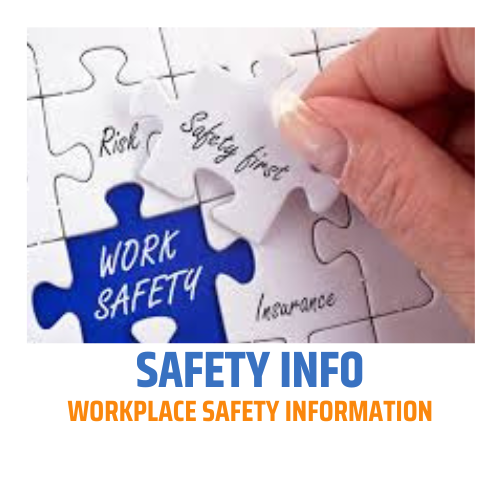What is the Workplace Safety law in the United States?
In the United States, workplace safety laws are primarily
governed by the Occupational Safety and Health Act (OSH Act) of 1970, which
established the Occupational Safety and Health Administration (OSHA). OSHA is a
federal agency responsible for setting and enforcing workplace safety and
health standards to protect workers across various industries.
Here are some key
aspects of workplace safety laws in the U.S.:
- General Duty Clause: Under the OSH Act, employers have a general duty to provide a safe and healthy work environment for their employees. This means taking reasonable steps to identify and eliminate workplace hazards that could cause harm or serious injury.
- Occupational Safety and Health Standards: OSHA has developed specific standards that outline safety and health requirements for various industries and hazards. These standards cover areas such as hazard communication, personal protective equipment (PPE), electrical safety, machine guarding, respiratory protection, and more.
- Inspections and Enforcement: OSHA has the authority to conduct workplace inspections to ensure compliance with safety regulations. Inspections can be triggered by employee complaints, accidents, or specific industries with higher risk profiles. If violations are found, OSHA can issue citations and penalties to employers.
- Recordkeeping and Reporting: Employers are generally required to maintain records of work-related injuries, illnesses, and fatalities. They must also report severe injuries, hospitalizations, amputations, and losses of an eye to OSHA within specific timeframes.
- Whistleblower Protection: The OSH Act includes provisions to protect employees from retaliation when they report safety concerns or participate in OSHA inspections or enforcement actions. Employees have the right to raise safety complaints without fear of adverse employment actions.
It's important to note that while OSHA is a federal agency,
some states have their own occupational safety and health programs that are
approved and monitored by OSHA. These state programs must be at least as
effective as the federal standards and provide similar protections to workers.
Workplace safety laws aim to ensure the health, safety, and
well-being of workers by reducing the risk of injuries, illnesses, and fatalities.
Employers are responsible for implementing safety measures, providing training,
maintaining records, and complying with applicable regulations to protect their
employees from workplace hazards.







0 Comments